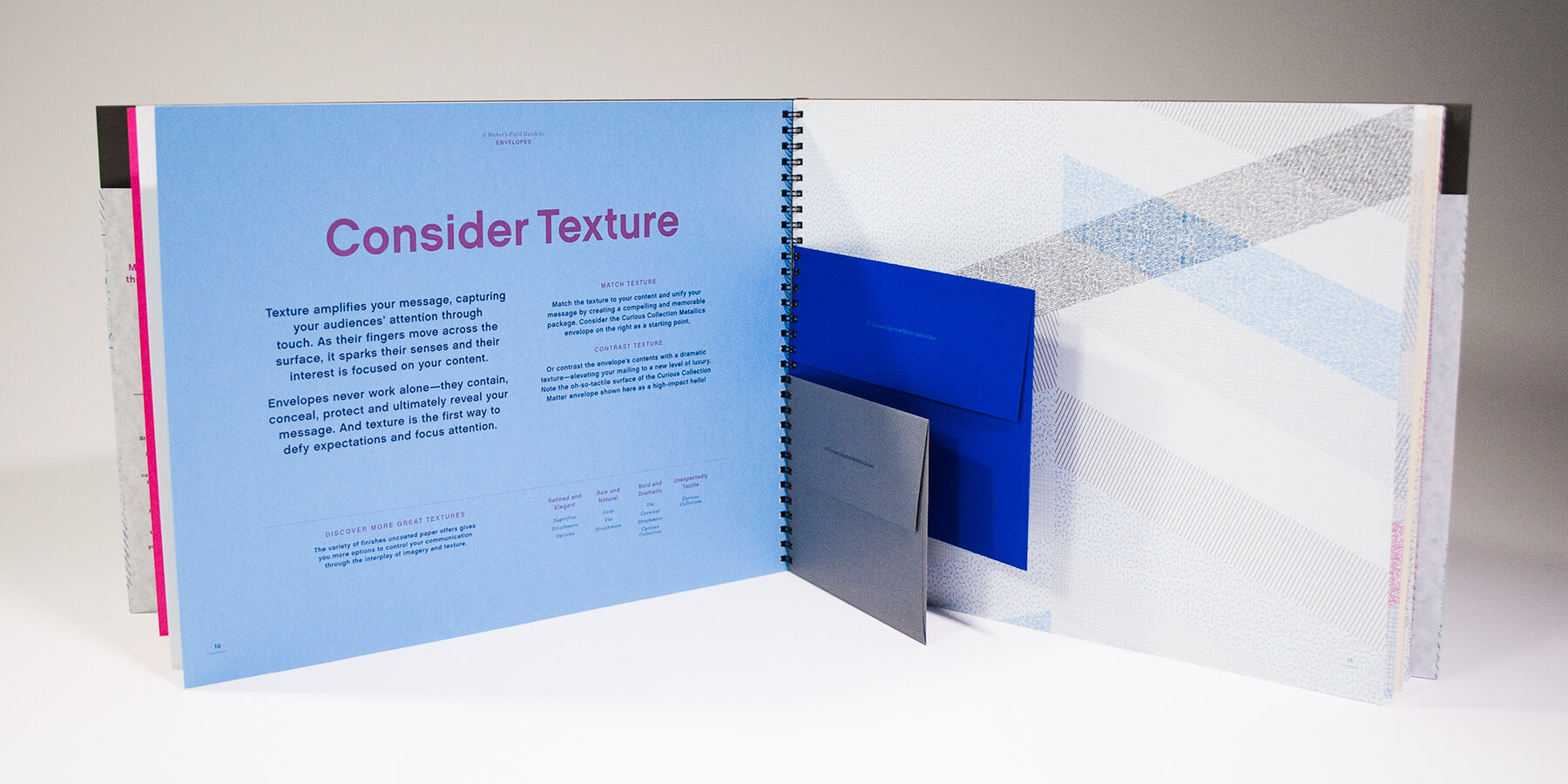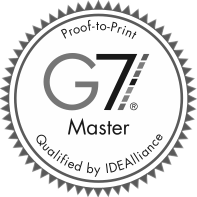A few months back, we had a visit from Mohawk. We love when partners come to see us because they come armed with great resources we can share with our community of designers and marketers. And this visit from Ned Cleary of Mohawk certainly met our expectations.
During the meeting Ned showed us A Maker's Field Guide to Envelopes—an amazing resource that highlights why texture, color, style, flap style and size are so important when it comes to envelopes. Our team walked away with great info to share with our clients. However, oddly enough, what stood out to me most was Ned’s business card.
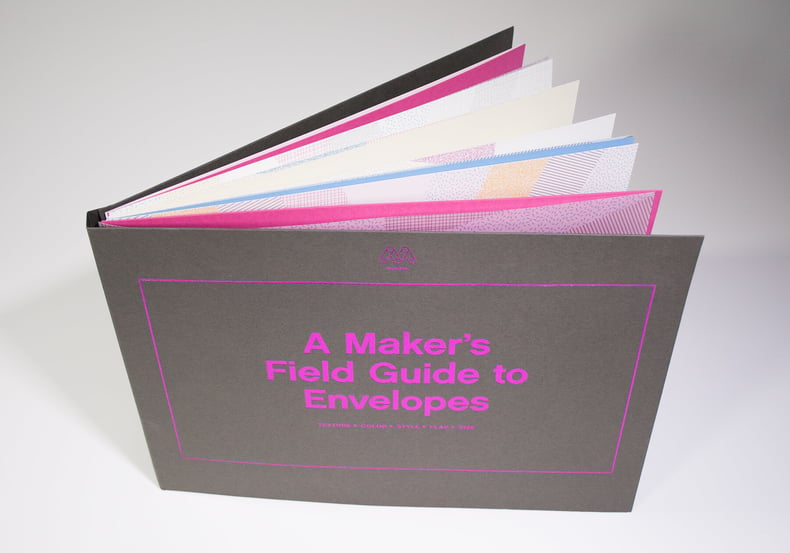
What’s so special about his business card? It’s the reaction he gets every time he hands them out. Whether it’s to a group of print geeks like us or to web designers just getting into the world of print—he says the reaction is always the same.
So here’s what happened… after passing his card around the room he sat back and watched us all flick the corners, touch both sides, and look at the black inner core. A few of us even flipped the card and noticed the sound it made when it hit the table. We didn’t even notice we were doing it and that’s just what Ned was expecting.
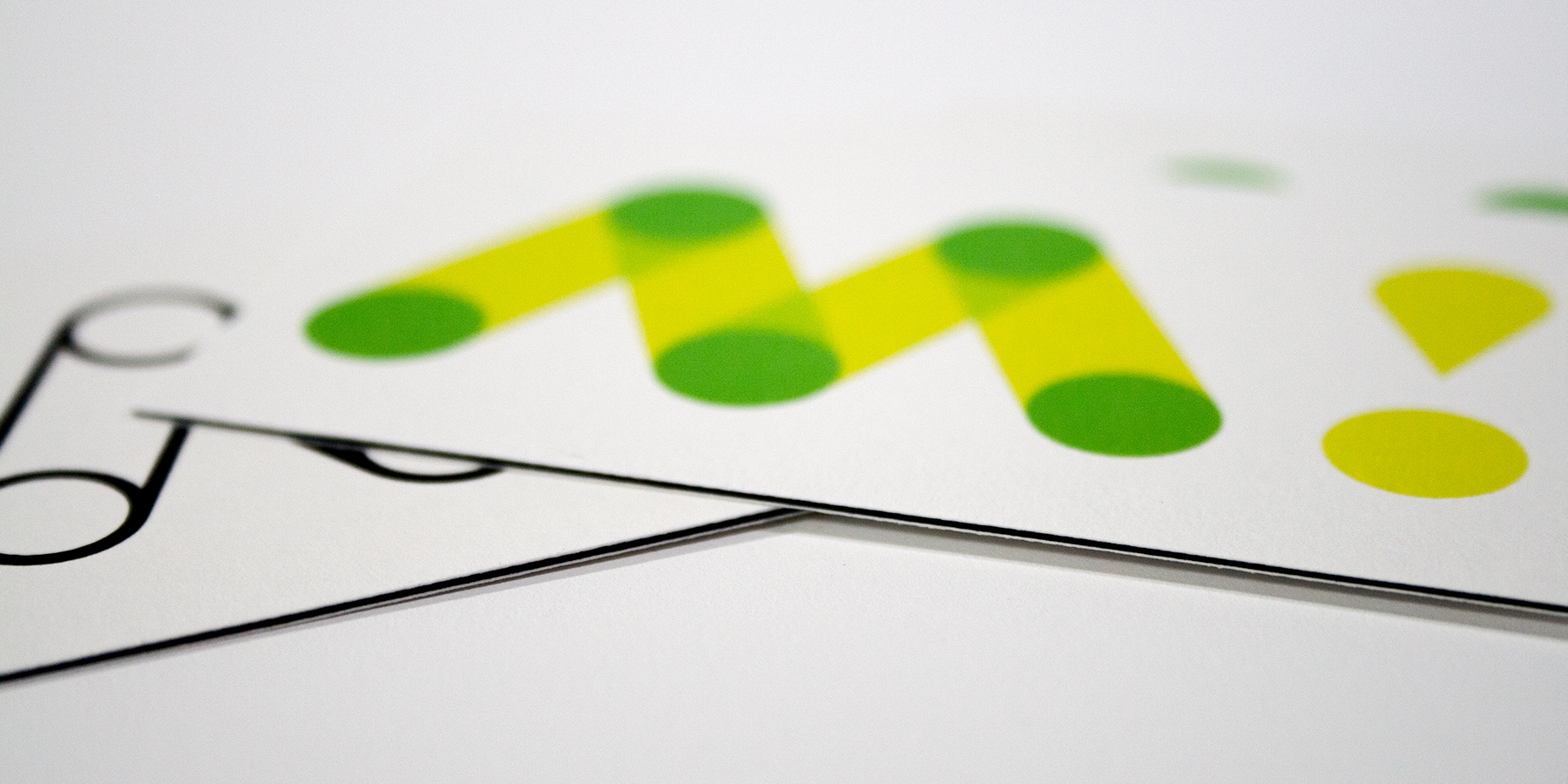
According to Ned, initial reactions to a business card tell you just how much texture and paper matter. “Even when a person isn’t knowledgeable about print they notice there’s a difference. They may not be able to tell you what the difference is, but they know it’s there.”
There’s a lot of research that supports this theory as well. Those who attended our Marketing Science conference in 2016 saw Daniel Dejan’s presentation of Haptic Brain, Haptic Brand. During his talk, Daniel presented research from a neuroscientist named Dr. Eagleman who shows how the science of touch—called Haptics—influences our perception of quality. It’s why we think someone holding a clipboard has more authority than someone who isn’t. Or that a person holding a hot beverage is kinder and more approachable than someone holding a cold one.
The world of neuroscience is fascinating and it has many implications for marketers and designers—particularly when it comes to print. Our brains are hardwired to react favorably to things that feel good which is why Ned’s business card test is so effective. It’s also why the right paper and texture not only shape your message, they can help it be remembered.
So whether it’s a textured paper, a soft touch coating, or effects like embossing; the feel of the materials matter. Use of texture, along with other elements of design, can convey a variety of messages and emotions. Consider this the next time you’re ready to redesign your business cards or launch your next print campaign. The paper you choose and the texture it creates can change the conversation, or even start it.

